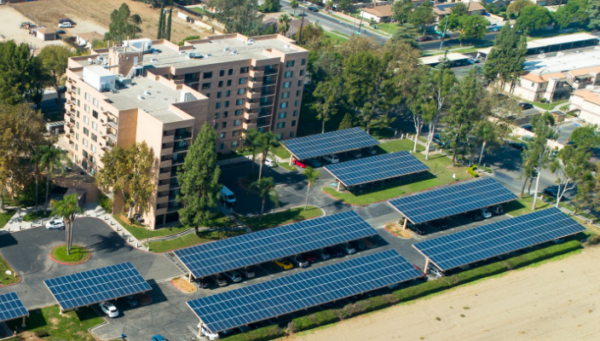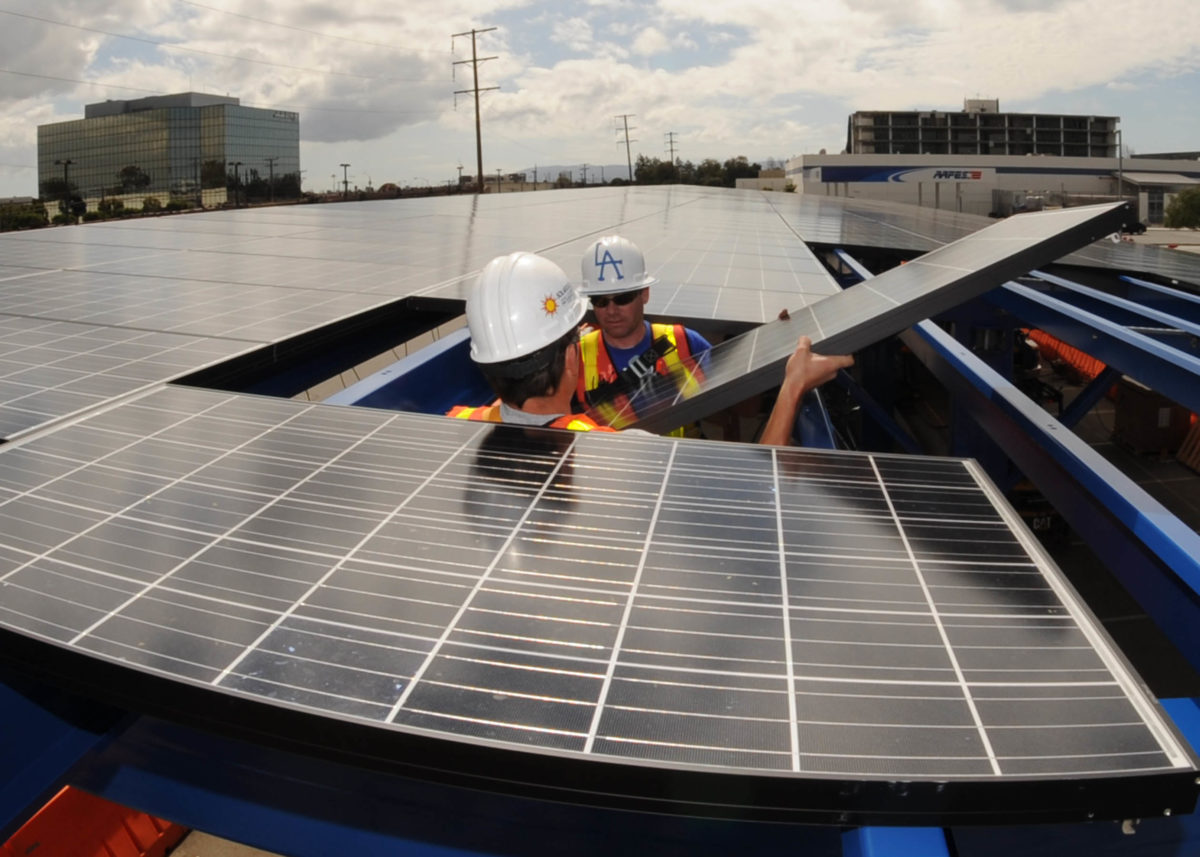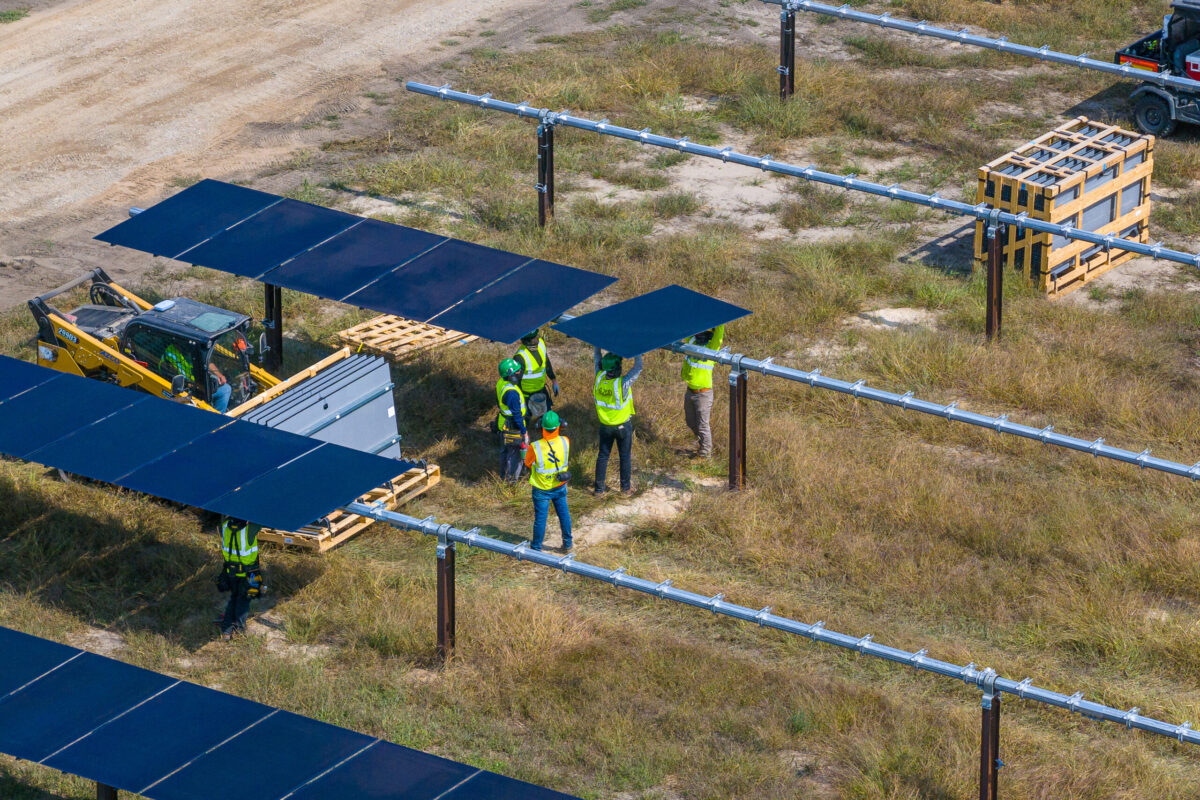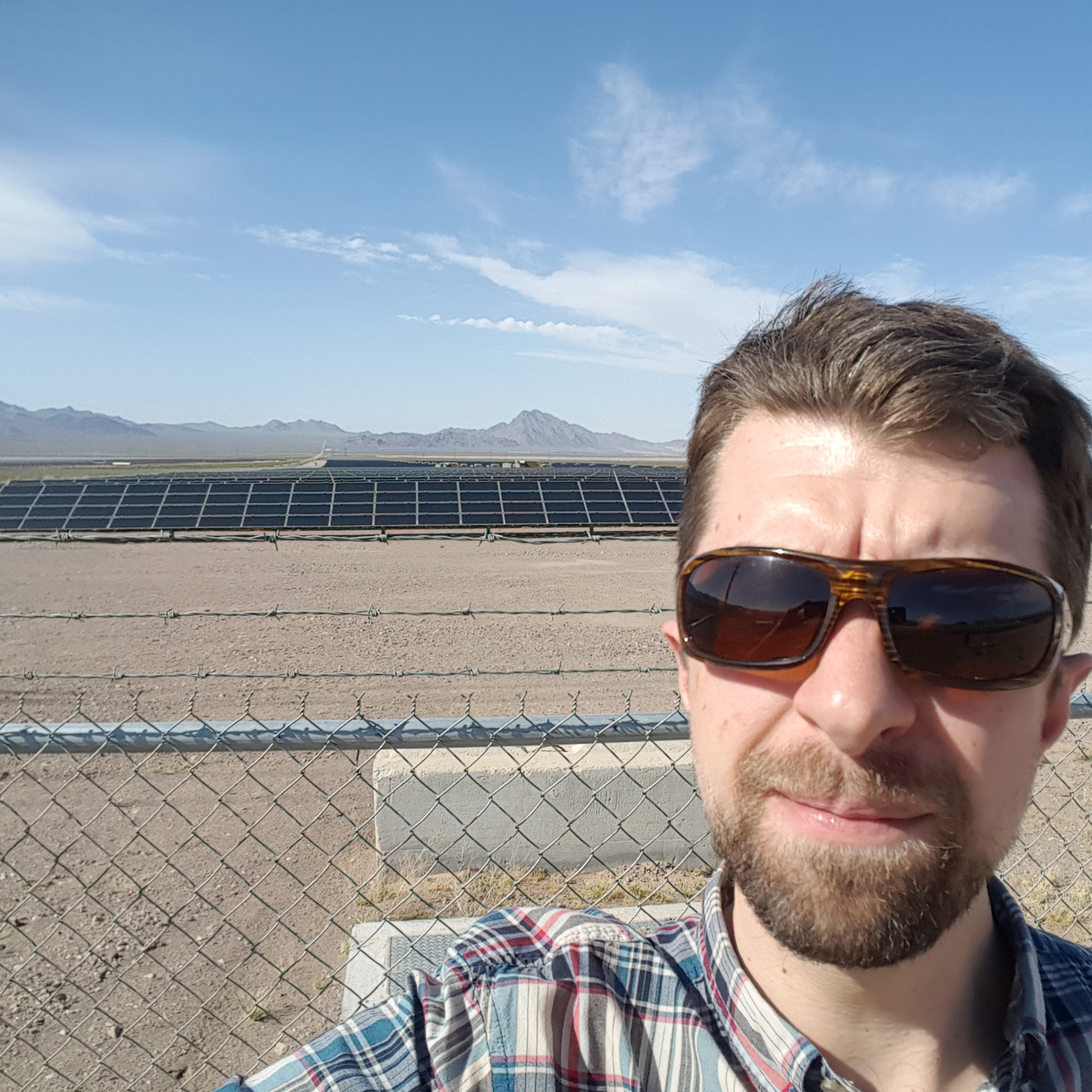High Impact Solar Solutions, an Irvine, Calif.-based solar developer for multi-family housing communities, sees Massachusetts and Illinois as solid new markets where it is undertaking expansion efforts, John B. Wood, founder and chief executive officer, tells pv magazine USA.
Wood said High Impact is looking to participate in community solar project development for low- and-moderate income (LMI) housing communities, which is an extension of its core competency for developing rooftop solar and car canopy projects for senior center communities, LMI housing customers and other residential groups primarily in southern California.
High Impact is currently planning on submitting applications for more than 65 projects for the anticipated Q3 2023 low-and-moderate income (LMI) communities adder, Wood said, even though the developer has yet to see the application yet based on the newness of the federal Inflation Reduction Act protocol. About 40 of the 65 projects are within California LMI communities, and the remainder are in new markets like the Northeast, Maryland and Illinois, he added.
To date, the company has utilized the resources of about 70 regional sub-contractors and engineers to install rooftop and car canopies in its first market of California, and continues to use engineering, procurement and construction contractors in new markets as well, Wood said.
The company is working with Sunrun, SunPower and Grid Alternatives on construction of current and future projects, Wood said.
High Impact has contributed projects in LMI communities that qualify for statewide incentives from California’s Multifamily Affordable Housing (MASH) and Solar for Multifamily Affordable Housing (SOMAH) programs, Wood said. These programs date back to 2008 and 2017, respectively, and provide rebates for low-income solar projects to the tune of $1.10 per watt to $2.70/W if the system generates more than half the customer’s load. Under SOMAH, the state has awarded additional $100 million of rebates annually for solar systems deployed on multi-family affordable housing buildings, which amounts to a credit of $3.20 per watt (ac) on system installations.

High Impact Solar Solutions LLC
Wood was quick to point out that the company is grandfathered into the net energy metering or NEM 2.0 standards in California. For another nine years the company will not be subject to changes from the state’s changing rooftop solar framework imparted by the December 2022 NEM 3.0 decision by the California Public Utilities Commission to reduce the value of solar energy exported from rooftops.
The Inflation Reduction Act’s 30% solar investment tax credit combined with 20% of added credit for designated low-income community deployments of clean energy projects creates a tailwind for the project developer, and should facilitate High Impact’s expansion efforts in the Midwest and Mid-Atlantic markets, Wood said.
Case study
High Impact is working with the Retirement Housing Foundation, a Long Beach, Calif., non-profit group that owns over 200 senior center assisted living and affordable housing units across the U.S., to deploy rooftop solar arrays, the solar executive said.
In 2022, the developer installed 20 solar systems for RHF, and this year the company expects to deploy about 30 new systems for the nonprofit housing group, Wood said.
High Impact is actively engaged in state markets with active climate change and greenhouse gas emissions reduction goals, where Wood said the turnkey developer saves building owners up to hundreds of thousands of dollars per year on energy consumption.
Project deployments range from 200 kW and smaller per rooftop array, and with multi-building customers can be deployed as much as 2 MW aggregate systems, he said.
High Impact’s development team uses its own proprietary internal review method for finding prospective project sites, but also uses Aurora’s HelioScope commercial PV software platform and Energy Toolbase for proposal generation, Wood said.
The company has identified a few hundred buildings out of its 1,000 building portfolio as candidates for Level 2 electric vehicle charging infrastructure, which Wood says the company expects to rollout this year as well.
To date High Impact has been largely self-funded, though project financing has been offset by tax equity arranged by various New York banking institutions active in the distributed energy market, Wood said. The BQuest Foundation, a San Diego, Calif.-based nonprofit foundation formed by GoFundMe founder Andy Ballester, has recently provided development equity financing for High Impact’s LMI portfolio, he said.
Prior to forming High Impact Solar, Wood was a managing partner at One Planet Caribbean, which sold over 100 MW of Caribbean utility solar portfolio to several investors, including GCL New Energy Holdings.
This content is protected by copyright and may not be reused. If you want to cooperate with us and would like to reuse some of our content, please contact: editors@pv-magazine.com.









By submitting this form you agree to pv magazine using your data for the purposes of publishing your comment.
Your personal data will only be disclosed or otherwise transmitted to third parties for the purposes of spam filtering or if this is necessary for technical maintenance of the website. Any other transfer to third parties will not take place unless this is justified on the basis of applicable data protection regulations or if pv magazine is legally obliged to do so.
You may revoke this consent at any time with effect for the future, in which case your personal data will be deleted immediately. Otherwise, your data will be deleted if pv magazine has processed your request or the purpose of data storage is fulfilled.
Further information on data privacy can be found in our Data Protection Policy.